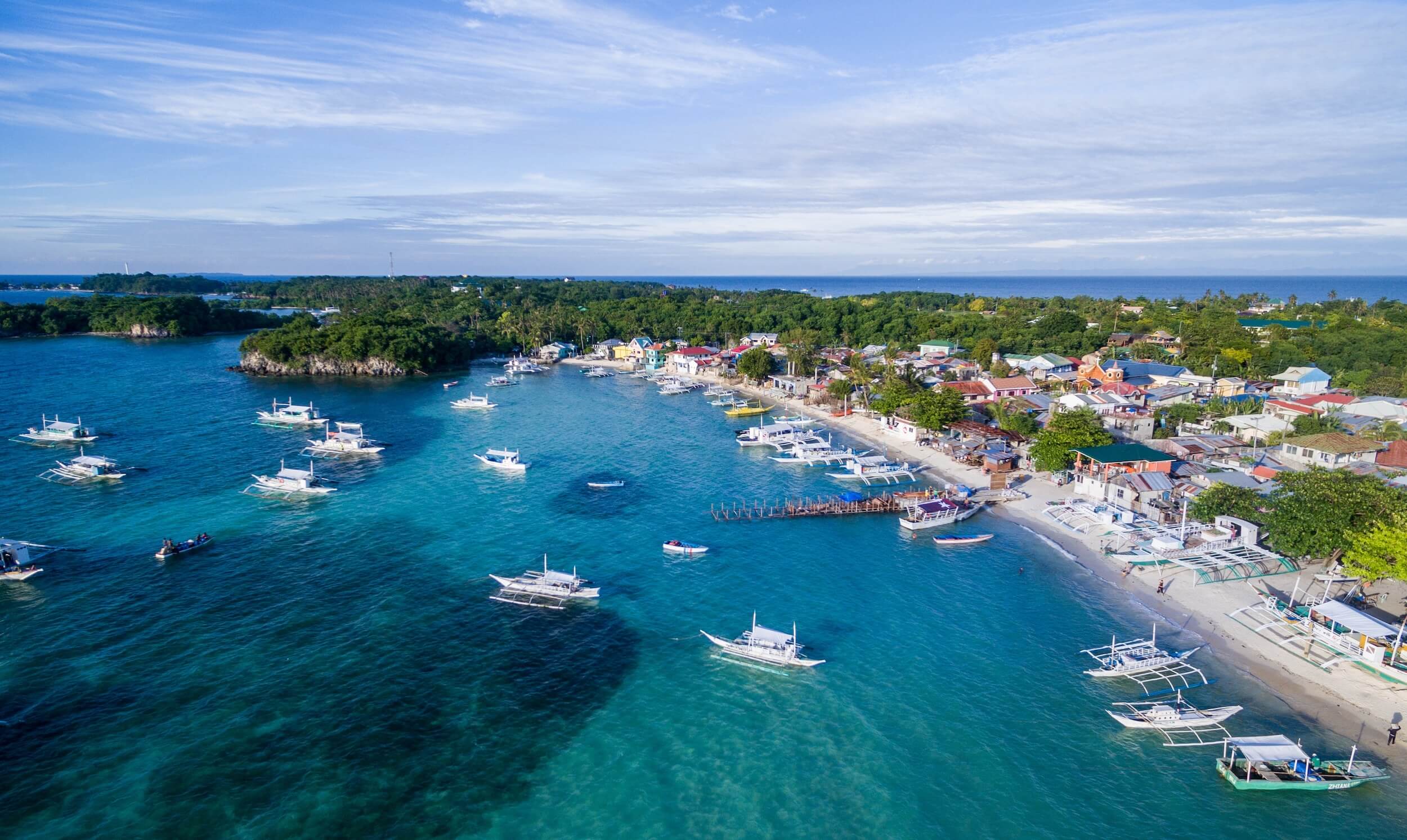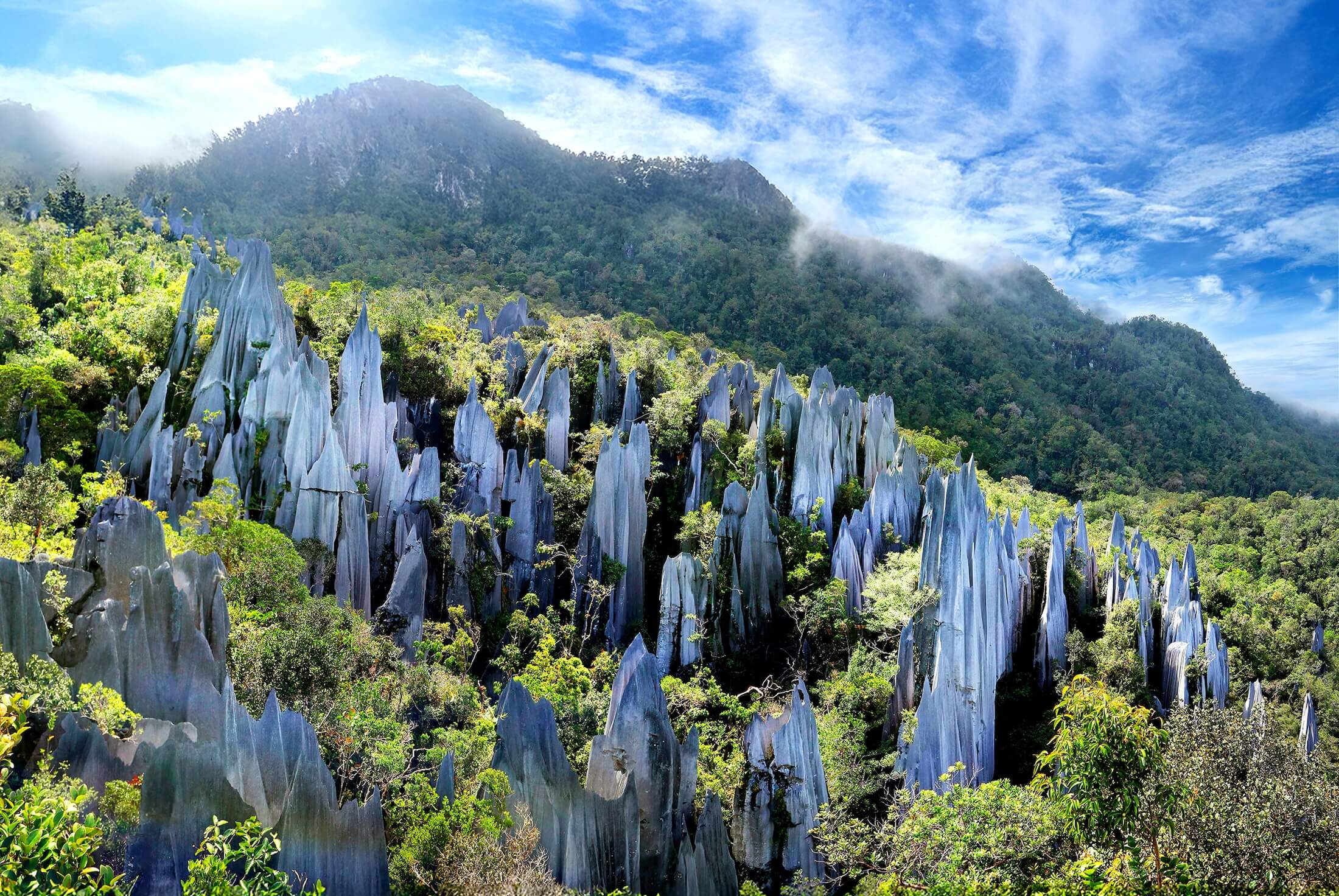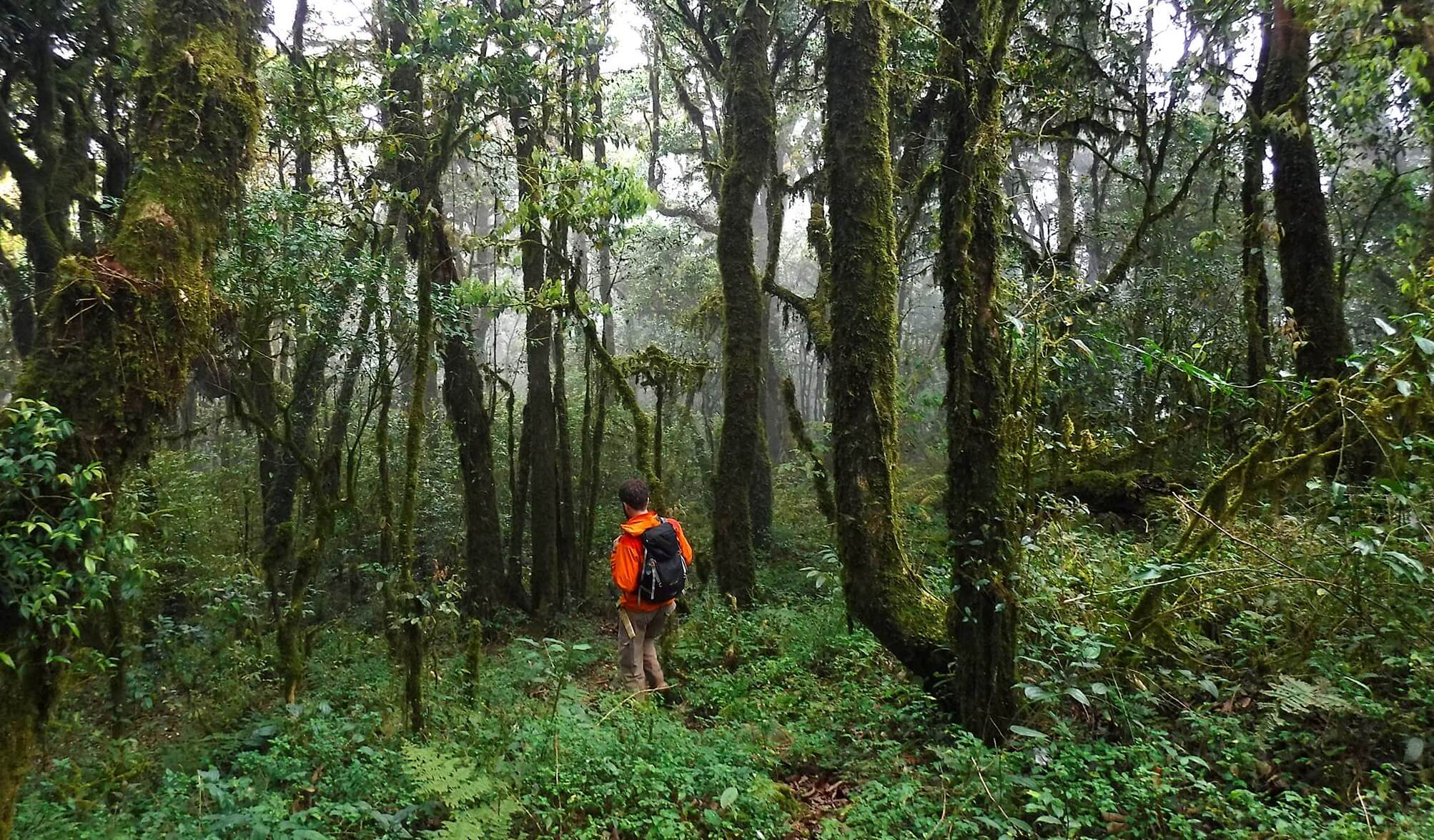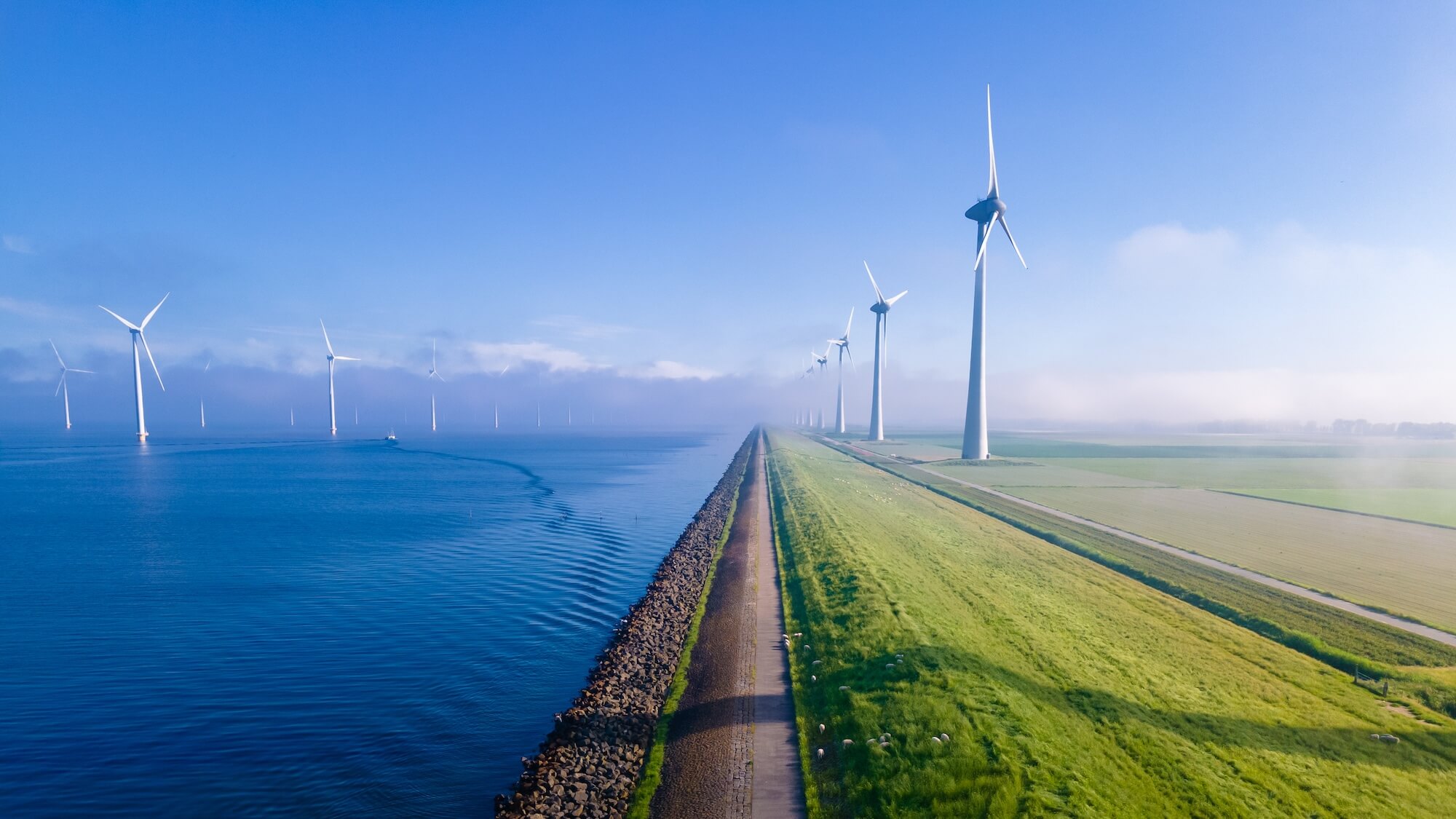



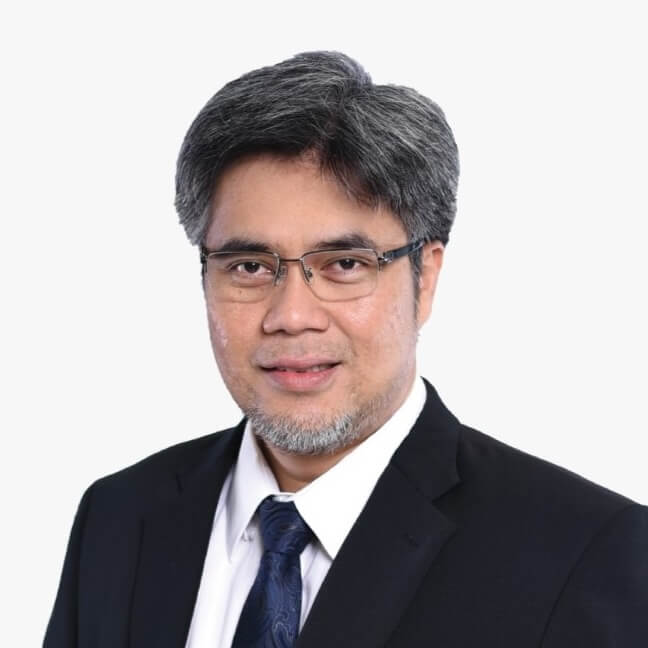

ASEAN’s economy has grown tremendously and is on track for continuing progress. With the total population reaching about 792 million people in 2050, the economy is expected to grow by 4.6 per cent annually (CAGR) from 2020 to 2050. To ensure this growth trajectory, the region’s energy demand needs to be met.
According to the baseline scenario of the 7th ASEAN Energy Outlook, the demand for primary energy (i.e., energy extracted from natural resources such as crude oil and natural gas) is expected to quadruple during the same period. However, regional efforts to pursue energy efficiency and adopt renewable energy measures could limit this increase to 2.7 times, emphasising the importance of “decoupling” economic growth and energy demand (ASEAN Centre for Energy, 2022).
These efforts are aligned with the global focus on climate change mitigation. Energy accounts for the bulk of total emissions, reaching 51 per cent by 2025. The global push to achieve the Sustainable Development Goals (SDGs), particularly Goal number 7 on affordable and clean energy; limit global temperature rise to 1.5 degrees per the Paris Agreement; and reach net-zero or carbon neutrality targets, are among the factors shaping the ASEAN energy sector.
In addressing these challenges, the ASEAN Plan of Action for Energy Cooperation (APAEC) serves as the regional blueprint of energy cooperation, setting aspirational targets to achieve energy security, accessibility, affordability and sustainability for all. The current iteration, APAEC 2016-2025 Phase II: 2021-2025, sets three targets by 2025: i) achieve a 35 per cent share of renewable energy share in installed capacity; ii) secure 23 per cent renewable energy in total primary energy supply (TPES); and iii) reduce energy intensity to 32 per cent compared to 2005 levels (APAEC Drafting Committee, n.d.).
As of the latest update, ASEAN is in a good position to achieve the installed capacity target, already reaching 33.6 per cent in 2021. However, the renewables’ share in TPES reached 14.4 per cent and the energy intensity reduction was at 24.5 per cent in 2021 (ASEAN, 2023). Therefore, accelerated efforts are required to meet these aspirational targets. With APAEC nearing its end, ASEAN Member States will now need to work on the next cycle of its energy blueprint. In line with this, ASEAN just released its Strategy for Carbon Neutrality, placing a strong emphasis on the energy sector.
To address such challenges, APAEC works across seven programme areas, namely, ASEAN Power Grid, Trans ASEAN Gas Pipeline, Coal and Clean Coal Technology, Energy Efficiency and Conservation, Renewable Energy, Regional Energy Policy and Planning, and Civilian Nuclear Energy. These seven programme areas clearly highlight the diversity and comprehensiveness of energy issues. Noting that a singular solution cannot adequately address the energy trilemma, including energy security and sustainability concerns, ASEAN should leverage its strength through cooperation and interconnectivity in advancing each programme area.
Energy efficiency: Optimising the first fuel
Energy efficiency has been touted as the first fuel or low-hanging fruit in clean energy solution due to its profound impact. Each unit of saved energy would reduce the amount of energy required—and with that, the associated emissions. Policies should be geared to provide incentives for end-users to improve their energy efficiency. These measures include standards and labelling for energy appliances, the promotion of energy conservation practices, nurturing innovative business models, enhancements in fuel efficiency and public transport, electrification, and smart energy management.
As a complement to policy development, innovative technology and financing should also be developed, especially in energy-intensive sectors, such as transport and industry. For example, ASEAN Centre for Energy is collaborating with the Korea Development Bank and the Green Climate Fund to develop and implement de-risking mechanisms in the industry energy efficiency sector. These mechanisms include guarantees, energy saving insurance, and the establishment of energy service companies.
In the building sector, a roadmap on energy-efficient building and construction has been formulated, identifying specific actions and recommendations in seven categories: urban planning, new building, existing building, materials, system and operations, sustainable energy, and resilience.
Energy interconnectivity: Electricity and beyond
The region received a considerable boost in pursuing interconnectivity through the recent progress in the ASEAN Power Grid. At the forefront of this initiative is the success of the Lao PDR-Thailand-Malaysia, Singapore Power Integration Project in 2022. The initial 100 MW project is now under discussion for an upgrade to 300 MW. Indonesia, during its Chairmanship in 2023, initiated another interconnection project involving Brunei Darussalam- Indonesia-Malaysia-Philippines or BIMP. Additionally. Singapore has proactively initiated bilateral agreements with Cambodia, Viet Nam, and Indonesia.
In support of these efforts, ACE is conducting two feasibility studies between Indonesia and Malaysia, as follow-up to the ASEAN Interconnection Masterplan Study III. The overarching vision of the ASEAN Power Grid is crucial in facilitating and maximising the renewable energy potential across Member States. Such interconnection improves the region’s energy security and promotes sustainability. Achieving a balance between supply and demand is critical, allowing a higher penetration of variable renewable energy, such as solar and wind power.
Beyond electricity, interconnectivity is also important for other energy sectors, such as oil and gas (for security) and bioenergy infrastructure. Emerging technologies, such as hydrogen and ammonia, even carbon as part of carbon capture and storage (CCS) technology, stand to benefit strongly from interconnection. Initiatives like a common gas market, oil stockpiling, and trans- ASEAN gas pipeline play a crucial role in securing energy during the energy transition phase, especially in addressing market volatility.
Renewables: Securing stable supply
Renewable energy is indispensable in the transition to a low carbon economy. In power generation, ensuring a stable supply is vital, emphasising the need for baseload generation. The transition to renewable energy necessitates a higher share of hydro, geothermal, and bioenergy sources. Many countries in the region, such as Cambodia, the Lao PDR, and Myanmar, already use renewable energy, particularly hydroelectric power, with renewables even dominating their electricity mix.
Noting the differing resource availability in Member States, incorporating variable renewable energy sources is essential. Despite its intermittency issue, the interconnection, as previously discussed, can address the supply-demand balance. In this context, upgrading the available power grid to a smart power grid system becomes critical. Higher use of electricity by different types of end-users further underscores the necessity for such a smart grid system. In addition to power grids, energy storage emerges as another key technology for managing the variability of renewable energy sources. Technological innovations are crucial in providing the capacity and costs required for effective storage solutions.
The higher demand for clean energy technologies brings forth another key factor: critical minerals. From lithium to copper, nickel to rare earth materials, these critical minerals are essential components of many technologies, such as batteries, wind blades, photovoltaic (PV) cells, and even power grids. ASEAN countries can become central players in the supply chain: Indonesia and the Philippines for nickel; Viet Nam, Malaysia, and Myanmar for rare earth elements.
Collaboration in developing a regional supply chain system is imperative to support ASEAN’s initiatives towards sustainable transport and energy transition. Substantial progress has been achieved, among others, by the release of the ASEAN Leaders Declaration on Electronic Vehicle Ecosystem this year.
Policy and emerging technologies: Planning the future
New technologies and innovations play a crucial role in pursuing energy transition. Examples include, Carbon Capture and Utilisation Storage (CCUS), Pumped Hydro Energy Storage (PHES), smart grids, nuclear small modular reactor (SMR), etc. Even for technologies that are available and have been adopted in other regions, implementation in ASEAN requires addressing issues related to maturity, cost effectiveness, and life cycle assessment.
For example, while nuclear energy has been part of the global energy mix, the region is still in the awareness-raising and capacity-building stage, seeking buy-in from policy-makers before implementation.
All of these shifts come with significant costs. Given their limited financial capacity, ASEAN Member States require support and collaboration from the private sector and global community. Noting the many options available, clear and robust policy-making becomes increasingly important. A regional approach must consider the differing status, potential, and strategies in each Member State. This discussion is timely as the region prepares for the next cycle of the APAEC, which includes defining targets and strategies.




